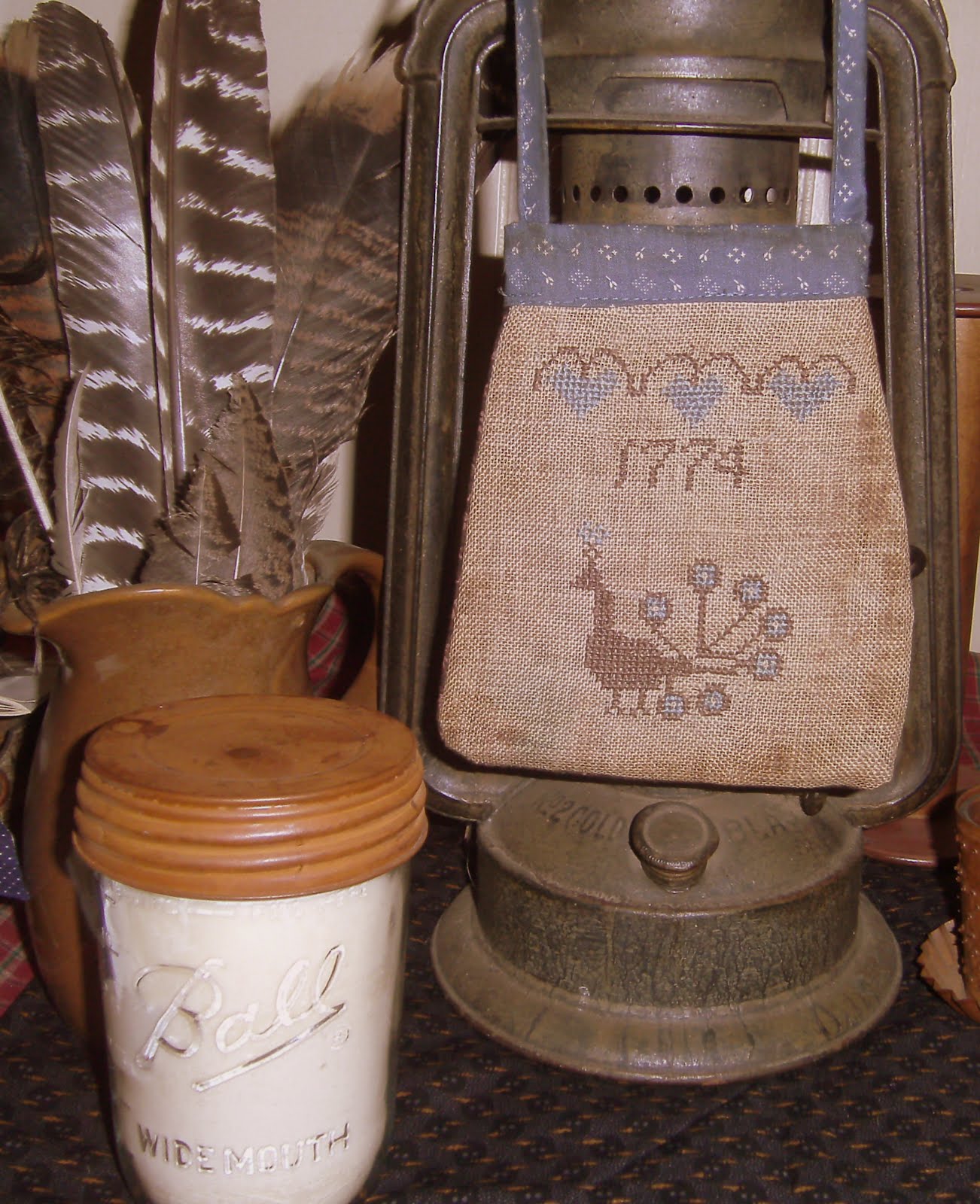The world of textiles and fabric has long been a canvas for expression, creativity, and storytelling. Tattered stitches, though often seen as imperfections, hold a unique beauty that tells tales of wear, history, and resilience. Each frayed edge and worn seam can evoke memories and emotions, transforming humble fabric into a narrative of its own. As we delve into the concept of tattered stitches, we uncover the art of mending and the deeper meanings behind the textiles we cherish.
In a society that often values perfection, the allure of tattered stitches serves as a gentle reminder that beauty can be found in the flaws. These stitches are not merely remnants of a damaged fabric; they represent lives lived, experiences gained, and stories untold. As we explore the significance of these worn seams, we find a connection to our own histories, recognizing that we too carry our scars, both visible and invisible.
From the hands of skilled artisans to the sentimental items passed down through generations, tattered stitches become a metaphor for resilience and the passage of time. In this article, we will explore the various dimensions of tattered stitches, their cultural significance, and the ways in which they inspire creativity and sustainability in modern textile practices.
What Are Tattered Stitches?
Tattered stitches refer to the visible signs of wear and age in fabrics, often characterized by frayed edges, loose threads, and faded colors. Rather than discarding these items, many artists and crafters embrace the beauty of tattered stitches, incorporating them into their work as symbols of history and resilience. This practice not only honors the stories embedded in the fabric but also encourages a sustainable approach to fashion and textiles.
How Can Tattered Stitches Inspire Creativity?
The aesthetic of tattered stitches invites creativity by encouraging artists and designers to think outside the box. Here are some ways in which these worn elements can inspire new creations:
- Upcycling old garments into fashionable pieces.
- Using tattered fabric for artistic projects such as quilts or wall hangings.
- Incorporating tattered stitches into mixed media art.
- Creating unique accessories that celebrate imperfections.
Why Are Tattered Stitches Important in Cultural Narratives?
Tattered stitches often reflect cultural narratives, representing the values and traditions of communities. They tell stories of craftsmanship, heritage, and the passage of time. For many cultures, textiles are not just functional items but are imbued with symbolism and meaning. A piece of fabric with tattered stitches may signify a family history, a cultural tradition, or a connection to the land. By preserving and showcasing these textiles, we honor the stories that they carry.
Can Tattered Stitches Be Mended?
Mending tattered stitches is a beautiful process that allows individuals to connect with their fabric in a meaningful way. Whether through visible mending techniques or subtle repairs, the act of mending becomes a form of storytelling. Here are some popular mending techniques:
- Sashiko: A traditional Japanese technique that uses simple running stitches to reinforce and repair fabric.
- Patchwork: Incorporating new fabric pieces to cover holes or worn areas, creating a unique design.
- Embroidery: Adding decorative stitches to enhance the beauty of tattered areas, turning flaws into features.
- Felt Appliqué: Sewing felt shapes over damaged areas to create a new layer of interest.
Who Are Some Artists Celebrating Tattered Stitches?
Several contemporary artists and crafters have embraced the beauty of tattered stitches in their work. Their creations not only celebrate imperfections but also challenge societal norms regarding beauty and craftsmanship. Here are a few notable figures in this movement:
| Name | Artistic Focus | Notable Works |
|---|---|---|
| Chawne Kimber | Quilting and Textile Art | “The Last Quilts,” “A Black Woman's Quilt” |
| Yvonne Porcella | Fiber Art and Quilting | “Funky Fabric” series |
| Maggie Pate | Textile Art and Repair | “Mended” series |
What Role Do Tattered Stitches Play in Sustainable Fashion?
Sustainable fashion is a growing movement that seeks to reduce waste and promote eco-friendly practices. Tattered stitches play a pivotal role in this movement by encouraging upcycling, mending, and the thoughtful consumption of textiles. By embracing the beauty of worn fabrics, we can:
- Reduce landfill waste by repurposing damaged items.
- Encourage a slow fashion mentality, valuing quality over quantity.
- Promote the skills of mending and repairing, creating a deeper connection to our clothing.
- Support artisans and small businesses that prioritize sustainable practices.
How Can We Advocate for the Appreciation of Tattered Stitches?
Advocating for the appreciation of tattered stitches involves education, community engagement, and creative expression. Here are some ways to promote this appreciation:
- Organize Workshops: Host events that teach mending techniques and the history of textiles.
- Share Stories: Create platforms for individuals to share their experiences with tattered stitches and the significance behind their fabrics.
- Support Local Artists: Purchase and promote the work of artists who celebrate tattered stitches in their creations.
- Engage on Social Media: Use hashtags like #TatteredStitches to share your own stories and creations.
Conclusion: The Enduring Legacy of Tattered Stitches
Tattered stitches are more than just signs of wear; they embody resilience, creativity, and the rich narratives woven into every thread. By embracing the beauty of these imperfections, we can foster a deeper connection to our textiles, our histories, and ourselves. As we celebrate the art of tattered stitches, we not only honor the past but also pave the way for a more sustainable and thoughtful future in the world of fashion and textiles.
Unveiling The Significance Of The Armed Forces Bowl
Mary Janes: The Art Of Weediquette In Cannabis Culture
Discovering Tackett Pharmacy In Willow Park: A Community Gem


